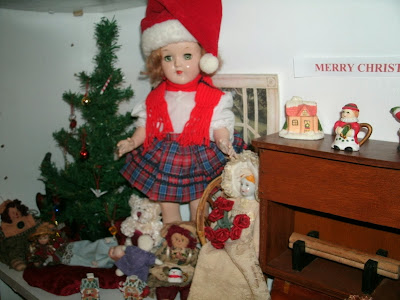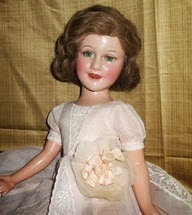Image Credit: Everett Collection
Deanna Durbin, a star whose songs and smile made her one of the biggest box office draws of Hollywood’s Golden Age with fans that included Winston Churchill, has died.
Durbin died on about April 20 in a village outside Paris where she had lived, out of public view, since 1949, family friend Bob Koster of Los Angeles told the Associated Press on Wednesday. Koster’s father, Henry Koster, directed six of Durbin’s films. Bob Koster did not know the cause of death.
At the height of her career, the Canadian-born Durbin, who made her first feature, Three Smart Girls, at age 13, was among the highest-paid actresses.
Her admirers included Churchill, who said she was his favorite star according to biographer William Manchester, and Anne Frank, who had Durbin’s photo pasted on the wall in the secret quarters where she and her family hid in Nazi-occupied Amsterdam.
In 1938 she received an honorary Academy Award for her “significant contribution in bringing to the screen the spirit and personification of youth.”
Her hair, makeup and on-screen outfits set fashion trends worldwide and were emulated by millions. In the 1941 hit Nice Girl? Durbin, then 20, wore a spangled white organdy dress, ruffled and modestly cut, that became the rage at proms and country club dances across the United States.
“She was one of the last really legitimate movie stars from the 1930s who was still with us,” film historian Alan K. Rode told the Los Angeles Times. “She was a huge box-office star for a short period of time.”
But Durbin retired from the movies at age 28 and never looked back despite appeals from directors, studios and fans.
Deanna Durbin was born Edna Mae Durbin on Dec. 4, 1921 in Winnipeg, Canada. Because of illness, her father moved the family to Los Angeles where the young Edna was discovered by a talent scout while singing at a school recital.
In 1936, she co-starred with Judy Garland in Every Sunday. The financially struggling Universal hired her to star in Three Smart Girls. It was Durbin’s first full-length feature, and it was a huge success thanks to the young actress’ strong screen presence. A year later, One Hundred Men and a Girl followed suit, saving Universal from bankruptcy and earning the renamed Deanna Durbin the nickname, “the mortgage lifter.”
Rode said Durbin, along with Abbot and Costello, “saved the studio from going down the tubes.”
By 1939 child roles were becoming increasingly out-of-reach for Durbin who had grown into a mature young woman. She was passed over for the role of Dorothy in the classic Wizard of Oz and Garland got the part. That same year saw her first on-screen kiss — with Robert Stack — and the news bumped war headlines off daily papers.
Durbin married cinematographer Vaughn Paul in 1941, and was divorced in 1943.
She made Can’t Help Singing, her first and only Technicolor film, in 1944. Her other films were in black-and-white because studio executives said it was too expensive to have Deanna Durbin and color film in the same movie.
That same year she married playwright Felix Jackson, 20 years her senior. They had one daughter and divorced in 1949.
In 1945, Durbin made Lady on a Train — directed by Charles David, whom she married five years later. The two moved to France and had a son. David died in 1999.
Durbin is survived by her daughter, Jessica Jackson, and her son, Peter H. David.



























